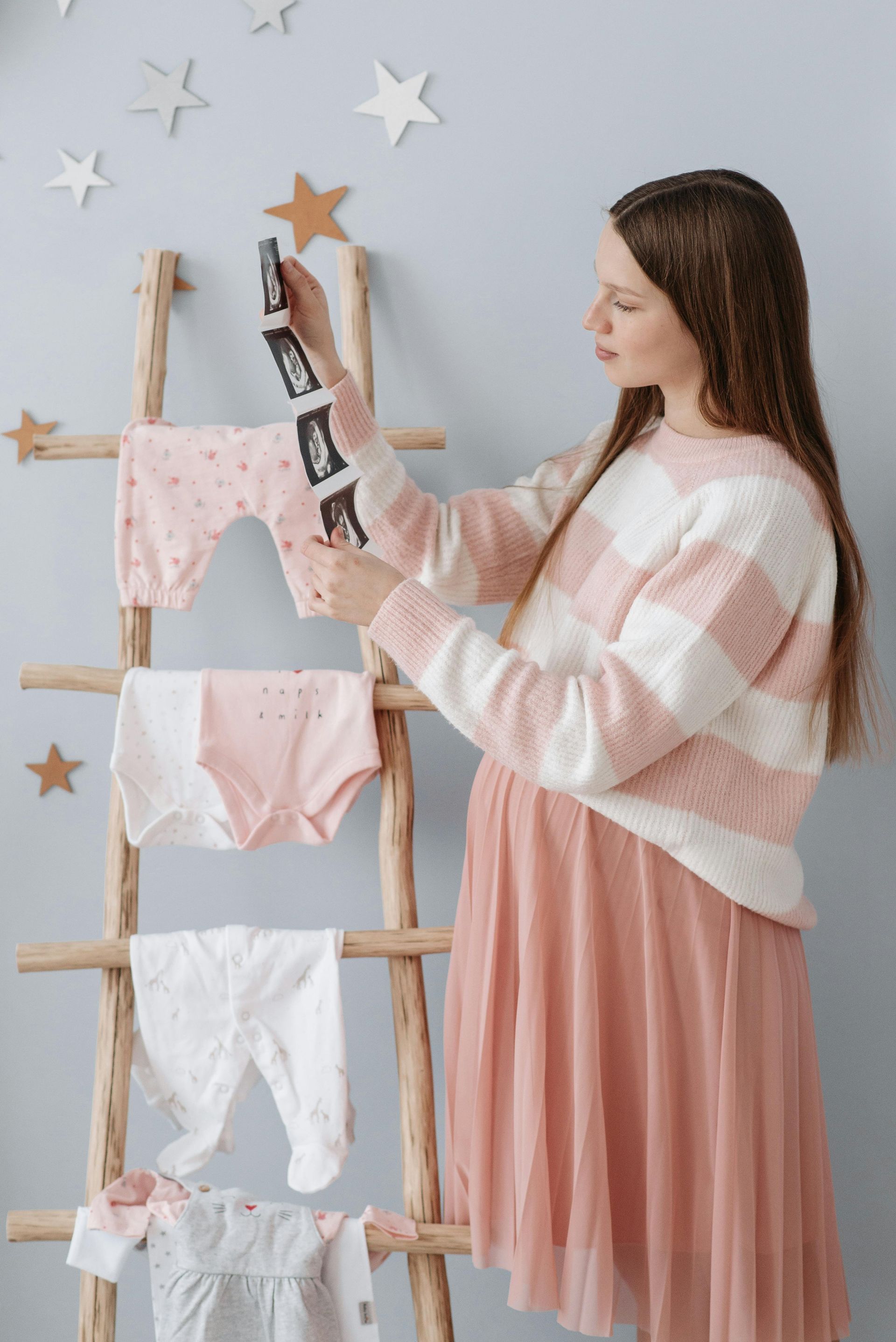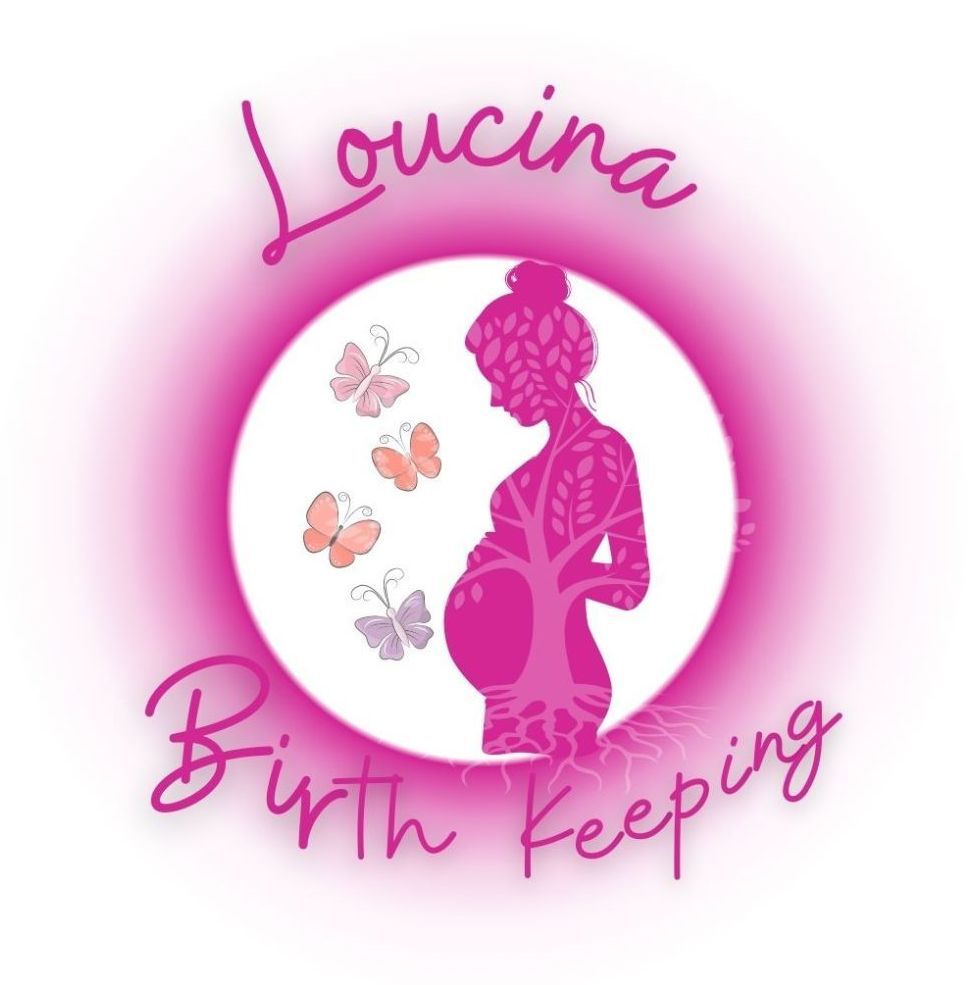Preparing for a Positive Induction in London: Gentle, Informed & Empowered
Hearing that you may need to be induced can bring up a lot of emotions — worry, confusion, or even disappointment if you’d hoped for a spontaneous labour. Many parents feel they’ve lost control when induction is recommended.
But induction doesn’t have to be negative. With the right preparation and support, you can approach it feeling informed, calm and empowered — and still have a positive birth experience.
At Loucina Birthkeeping, we help families across London and Croydon prepare for induction in a way that balances medical recommendations with your personal preferences. This guide will walk you through what induction means, how to prepare, and how to keep your birth experience positive and supported.
What Is Induction of Labour?
Induction is when your labour is artificially started using medical methods. NHS hospitals in London may recommend induction for reasons such as:
- Pregnancy going past 41–42 weeks.
- Concerns about baby’s growth or placenta function.
- Waters breaking without labour starting.
- High blood pressure or other medical conditions.
- Gestational diabetes or other risk factors.
Common Induction Methods
- Membrane sweep: Stretching the cervix to release hormones.
- Prostaglandin pessary/gel: To soften the cervix and trigger contractions.
- Artificial rupture of membranes (ARM): Breaking your waters.
- Oxytocin drip: Hormone infusion to strengthen contractions.
You have the right to accept or decline induction and ask for full information about risks and alternatives.
Why Many Parents Struggle With Induction
Induction can feel challenging because:
- You may be
tied to hospital protocols (monitoring, IV drips).
- Contractions can feel more intense than spontaneous labour.
- Induction can mean
less mobility if continuous monitoring is required.
- Some parents feel rushed or pressured.
But induction can still be gentle, personalised and empowering with the right preparation.
How to Prepare for a Positive Induction
1. Understand Your Rights & Options
- You can ask:
“What are the benefits, risks, alternatives and what happens if I wait?” (Use the
BRAIN decision tool: Benefits, Risks, Alternatives, Instinct, Nothing).
- Induction is an
offer, not an order — you can decline or ask for more time if safe.
2. Know the Different Induction Methods
Understanding each step helps you feel less fearful and more in control.
- Ask about starting gently (sweeps, pessaries) before moving to drips.
- Discuss mobility and monitoring options — can you walk or use a birth ball?
3. Prepare a Flexible Birth Plan
Include:
- Your ideal environment (lighting, music, privacy).
- Movement and positioning even if monitored.
- Pain relief preferences — including natural methods and options for stronger relief if needed.
- Backup preferences if induction leads to caesarean.
Use our free birth plan template to clarify your wishes.
4. Comfort Measures for Induced Labour
- Breathing and relaxation techniques (practice beforehand).
- TENS machine early on.
- Movement and upright positions if safe.
- Warm water (shower, bath, or birth pool if available).
- Support person or doula to help you stay calm.
5. Create a Positive Environment in Hospital
- Bring your own pillow, blanket, or essential oils.
- Dim lights or use LED candles.
- Play calming or empowering music.
6. Get Emotional & Advocacy Support
Having a birthkeeper or doula can make a huge difference. We help you:
- Understand induction processes and policies.
- Advocate for breaks, mobility, and informed decision-making.
- Stay calm if plans change.
How Loucina Birthkeeping Supports Induction Births
We specialise in helping families feel empowered even when birth doesn’t go to plan.
Antenatal Preparation
- In-depth consultations about induction options and NHS policies.
- Guidance for creating a
realistic but personal birth plan.
- Emotional support if induction feels disappointing or scary.
Birth Support
- Continuous emotional and practical support during induction and labour (if you book an in-person package).
- Advocacy to ensure your preferences are respected.
Postnatal Debrief
- Processing your induction experience afterwards — whether it was positive or challenging.
Real Story: Turning an Unwanted Induction Into a Positive Birth
“When my waters broke at 40+4 and nothing happened, the hospital pushed induction. I was terrified. Loucina helped me understand my options and stay calm. Even though I had a drip, I felt informed, used my comfort tools, and had a really empowering birth.”
—
Emily, South London
FAQs About Induction Birth in London
Can I still have a water birth if I’m induced?
Sometimes — if only prostaglandins are used and monitoring allows. Ask your hospital early.
Can I move around with a drip?
Often yes — many hospitals have portable monitors, but ask ahead.
What if I want to decline induction?
You have the right to refuse. Ask for risks, alternatives, and extra monitoring if you wait.
Does induction hurt more?
Contractions can feel stronger, but comfort measures and pain relief options help.
Should I still hire a doula if I know I’ll be induced?
Absolutely — induction can be unpredictable. A doula offers guidance, calm, and advocacy.
How to Get Support for Your Induction Birth
💛 Induction doesn’t have to mean fear or loss of control. With the right preparation, it can still be calm and empowering.
- Book a birth planning consultation to prepare for induction and learn your options.
- Explore our maternity packages for full pregnancy, birth and postnatal support.
- Download our free birth plan template to start preparing today.











